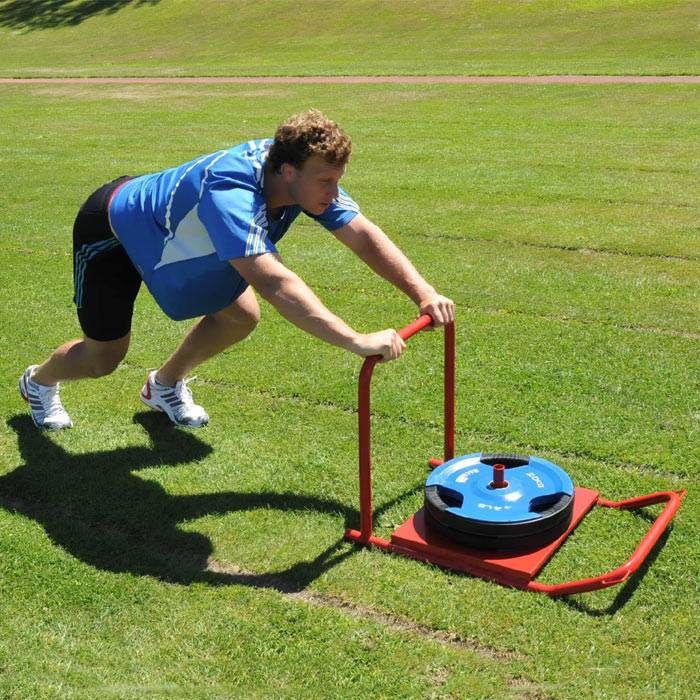You don’t need me to tell you how hard it is to improve poor nutrition habits that have been formed over the course of years. The foods we crave, the ways we prepare them, and even how we know we’ve had “enough” are often deeply rooted in our lives and our families. Changing them requires taking a good hard look at what you eat. But why stop there?
Research indicates that the environment in which we eat has an impact on how many calories we consume. I’m talking about things like dishes, serving styles, and even how we treat leftovers. If you’re looking for a place to start cutting, there’s a surprising amount of science to guide you.
Are these things enough on their own to completely overhaul your lifestyle and body? Definitely not. But if you’re struggling to figure out how to control portions and wondering why nothing else seems to work, give them a shot!
Change 1: Smaller Plates and Bowls, Thinner Glasses
The way you set the table—specifically, the size of the serving dishes, drinkware, and utensils you choose—has a bigger impact on how much you eat than you might think.
From 1900 to 2010, the average size of dinner plates has increased 22 percent—from 9.62 inches to 11.75 inches! Given that many of us were brought up in a family that advocated a “clean your plate club,” it can be easy to see how we get hooked on huge portions. Long after we leave home, we still have an innate need to fill the plate, because a half-empty plate just looks strange and kind of sad. But when the goal is to fill a bigger plate, your usual one-cup serving may expand to two, which could add hundreds of extra calories per meal
The same holds true with bowl selection. In a study published in the Journal of Nutrition Education and Behavior, researchers divided participants into two groups to determine how the size of serving bowls would influence the amount of food they served themselves and ate. The group serving themselves from the larger bowl (6.9-liter capacity) ate an average of 71 percent more pasta than the group that served itself from the medium-sized bowl (3.8-liter capacity), with the influence being most significant among overweight women.
Even the shape and size of your cup can impact calorie consumption. In a study published in Substance Abuse & Misuse, researchers sought to determine the effect of various glass shapes and sizes on wine pouring. They noticed a tendency to pour more wine into short, wide glasses than tall, skinny glasses, despite the glasses having the same volume. Furthermore, researchers observed a trend in the subjects pouring less wine into a glass sitting on a table than a glass already in hand.
When you drink water and calorie-free beverages, this may not matter much. However, if you’re treating yourself to a soda, sports drink, or glass of wine, that subtle difference can begin to add up.
Quick Fix
Swap out your plates and bowls with smaller versions. Also, consider using taller, thinner cups when drinking calorie-containing beverages.
Change 2: Serve It Here. Eat It There
The simple switch of plating your food at the counter rather than at the table can save you hundreds of calories. In a study published in the FASEB Journal, researchers conducted a lunchtime lab experiment with university staff to examine whether serving foods from the stove or kitchen counter instead of the table would reduce the number of times an individual refilled their plate. Researchers observed that subjects who were served their food at the stove or counter consumed 23-35 percent less food than the subjects served at the table. Depending on the food, that could be hundreds of calories!
It appears that the simple action of getting up from the table can have a big say in whether you feel “done” or not. Having to get up and walk another six feet for food is enough of an inconvenience that you have to consider it fully. If the food is within arm’s reach, the choice seems clear.
Quick Fix
Serve food in your kitchen, and plate your food at the counter or stovetop rather than at the table.
Change 3: Leftover Solutions
You just opened the fridge. Hmm...what’s in that foil? Hard to say. But just as with serving yourself at the counter, having to take the extra step of unwrapping the foil makes you far less likely to eat what’s inside.
A study published in the Journal of Physiology and Behavior by Dr. Brian Wansink tested how different food packaging and wrapping impacted a subject’s food consumption. He observed that those foods wrapped in foil were one-third less likely to be eaten compared to those in clear wrapping. Out of sight, out of mind.
Quick Fix
There are two ways to use this information. If you’re hosting a family get-together and have a fridge full of leftover treats, package them in a dark container or aluminum foil. If your brain sees through that trick, consider bringing the leftovers into work to share with others.
Conversely, you can use this strategy to your advantage, and package your nutrient-dense leftovers in clear contains or bags to make sure you see them each time you open the fridge. Consider placing them at eye level, too, rather than hidden in a drawer, so they’re the first option you see.
Source: http://www.bodybuilding.com/




